Schier offers nine Great Basin® grease interceptor models ranging in size from 10 to 1,500 liquid gallons and 3rd-party-certified grease capacities from 70 lbs. to more than 10,000 lbs. Our full suite of system components and accessories provides everything your customer needs for a successful and professional installation.

Best-in-class products
OUR PROMISE
Schier grease interceptors are built to last a lifetime. If yours doesn't, we will gladly and quickly cover the replacement.

SCHIER DIFFERENCE
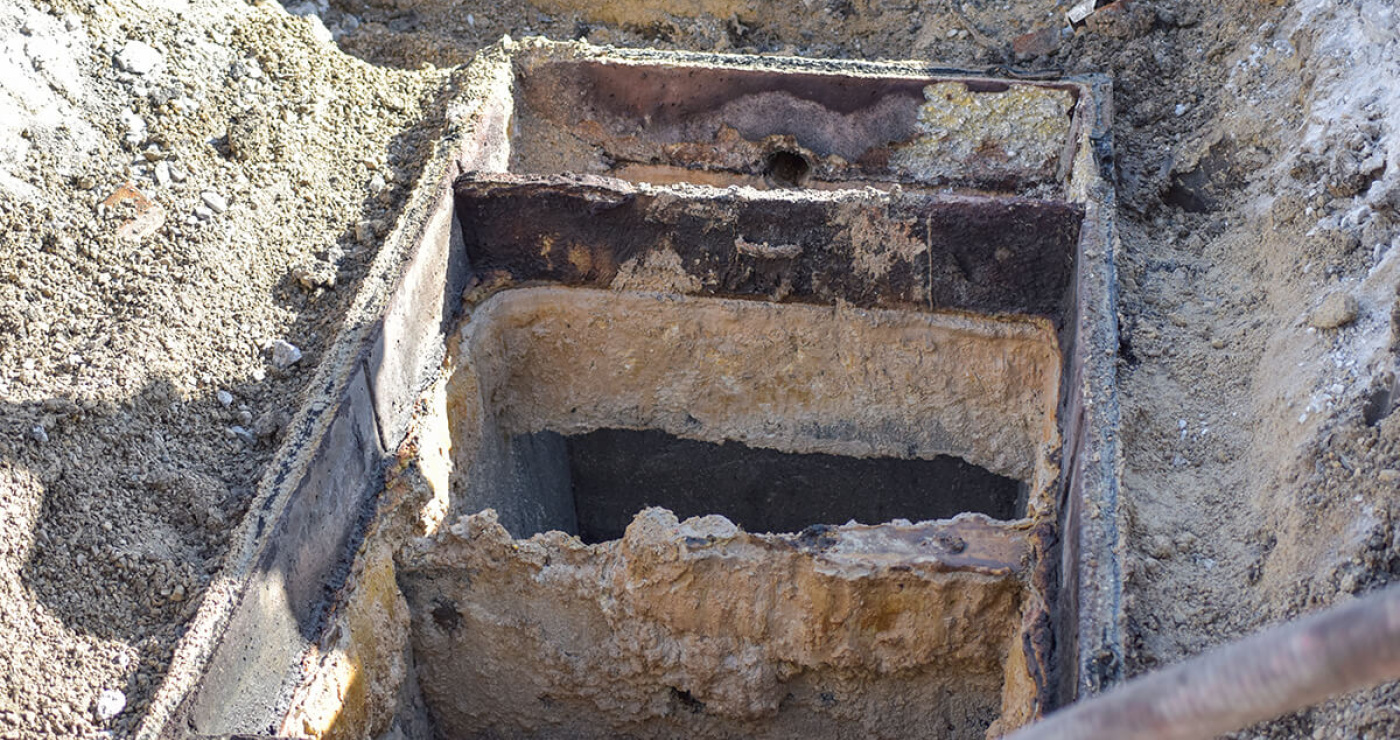
CONCRETE: SURE TO FAIL
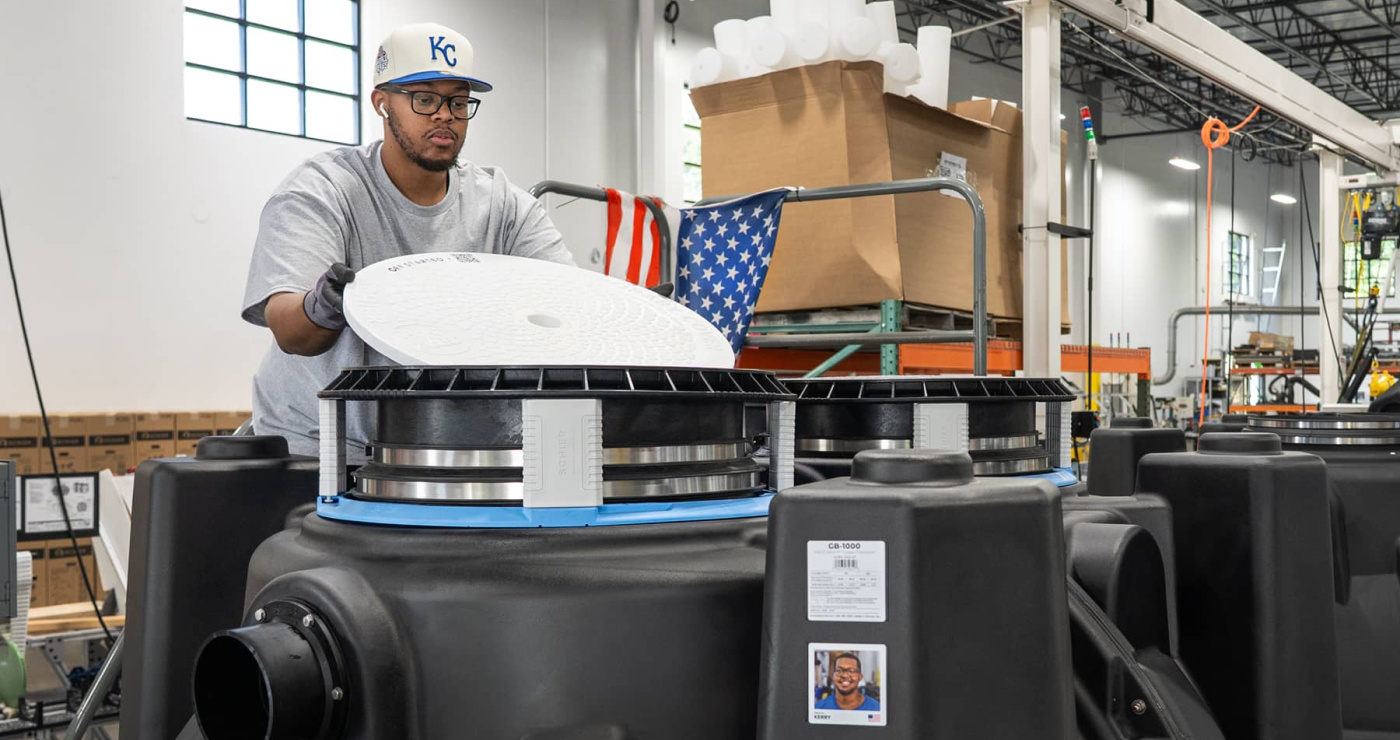
SCHIER: BUILT TO LAST
OUR FOCUS
Our business model is centered around being exceptional at one thing, rather than run of the mill at many. This is our commitment to you, our customer — we are a grease interceptor manufacturer.
Blog
-
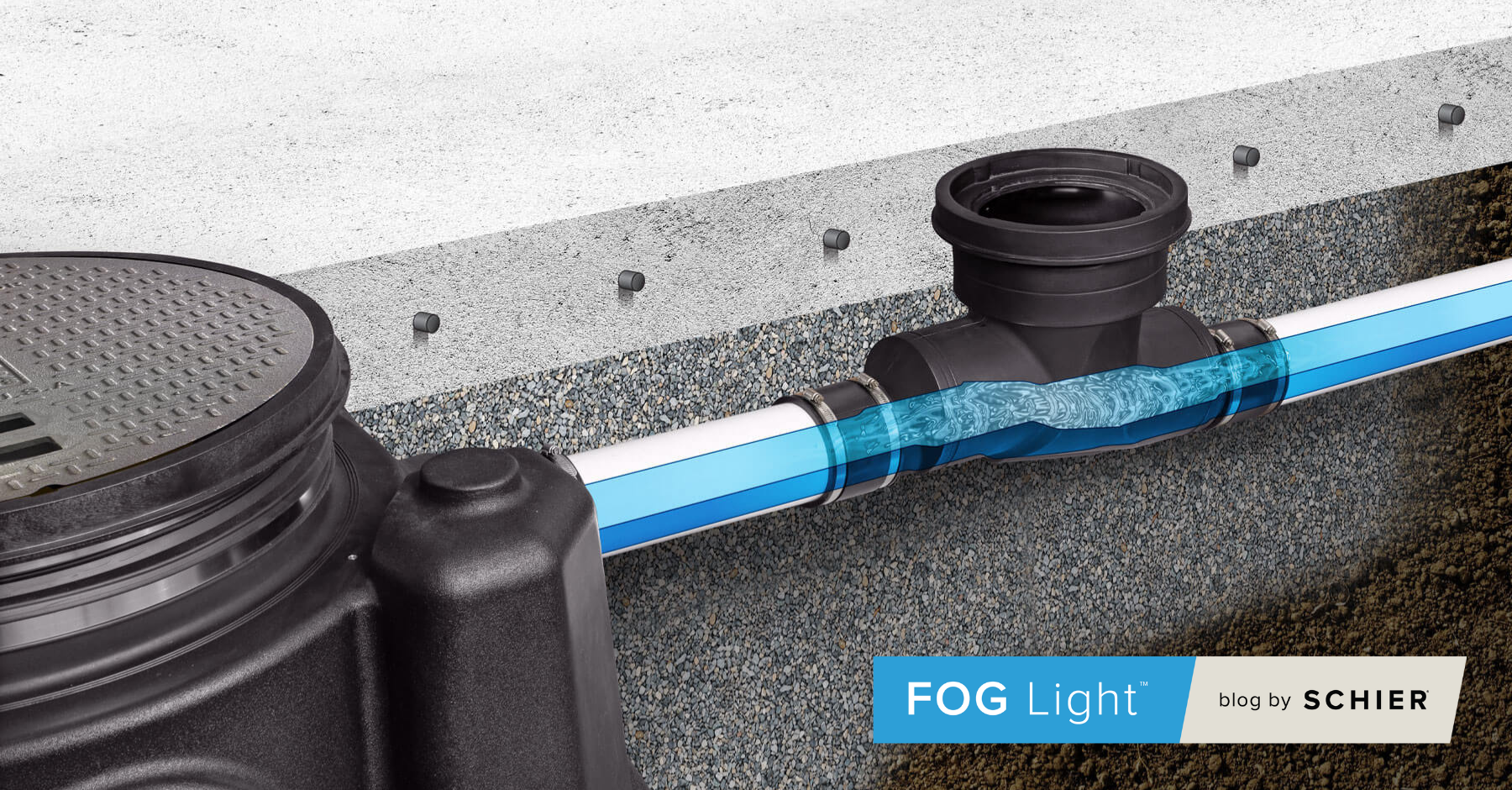
Effluent concentration limits
Effluent concentration limits are set by jurisdictions to monitor grease interceptor compliance. But there are two major problems with this approach.
Read More -
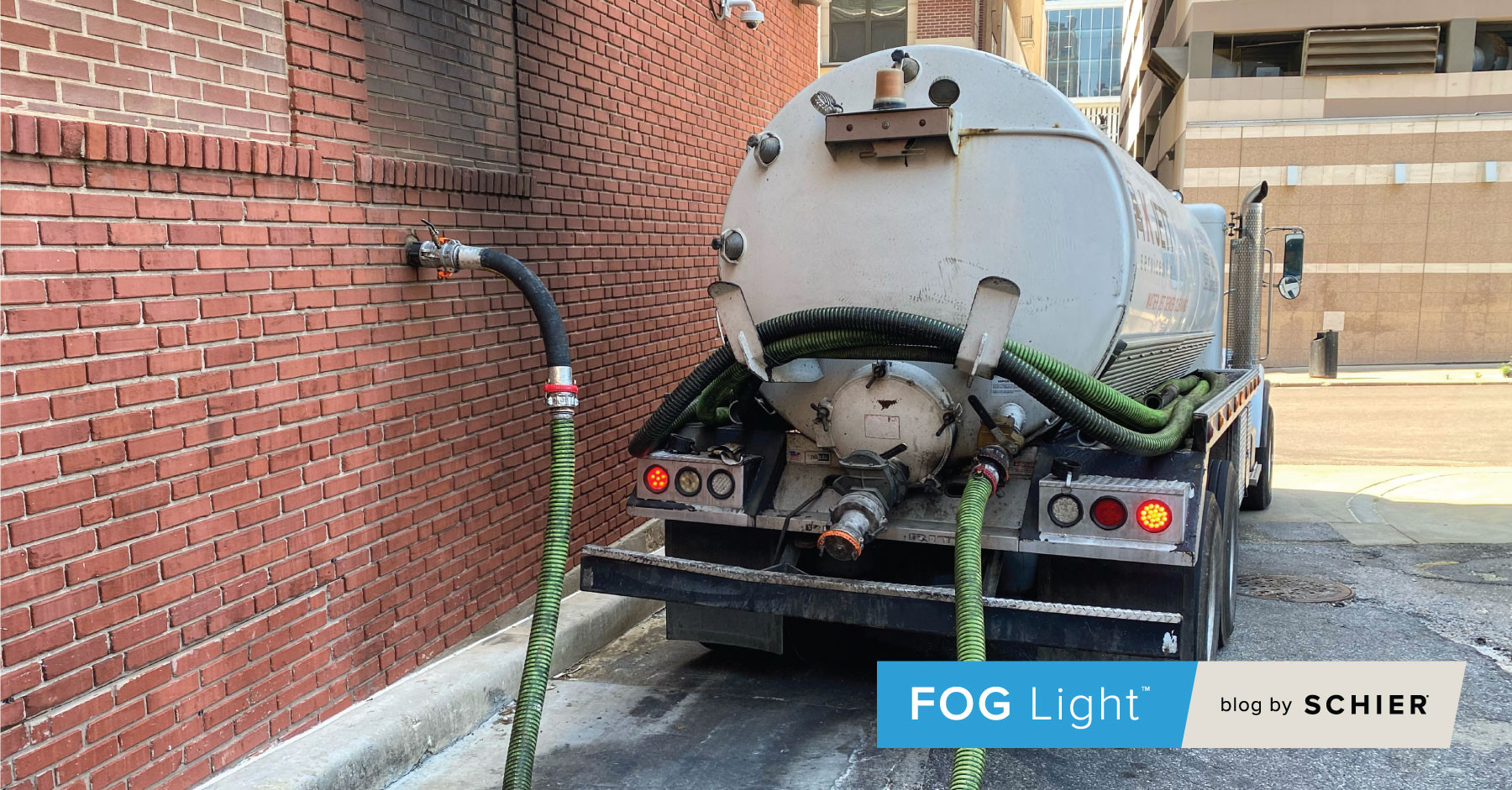
What is the 25% rule for sizing grease interceptors?
The 25% rule limits grease interceptors to 25% combined grease and solids capacity. Modern hydromechanical interceptors (HGIs) hold up to 75% grease, reducing water waste and costs. HGIs outperform outdated systems, highlighting the need for updated standards.
Read More -
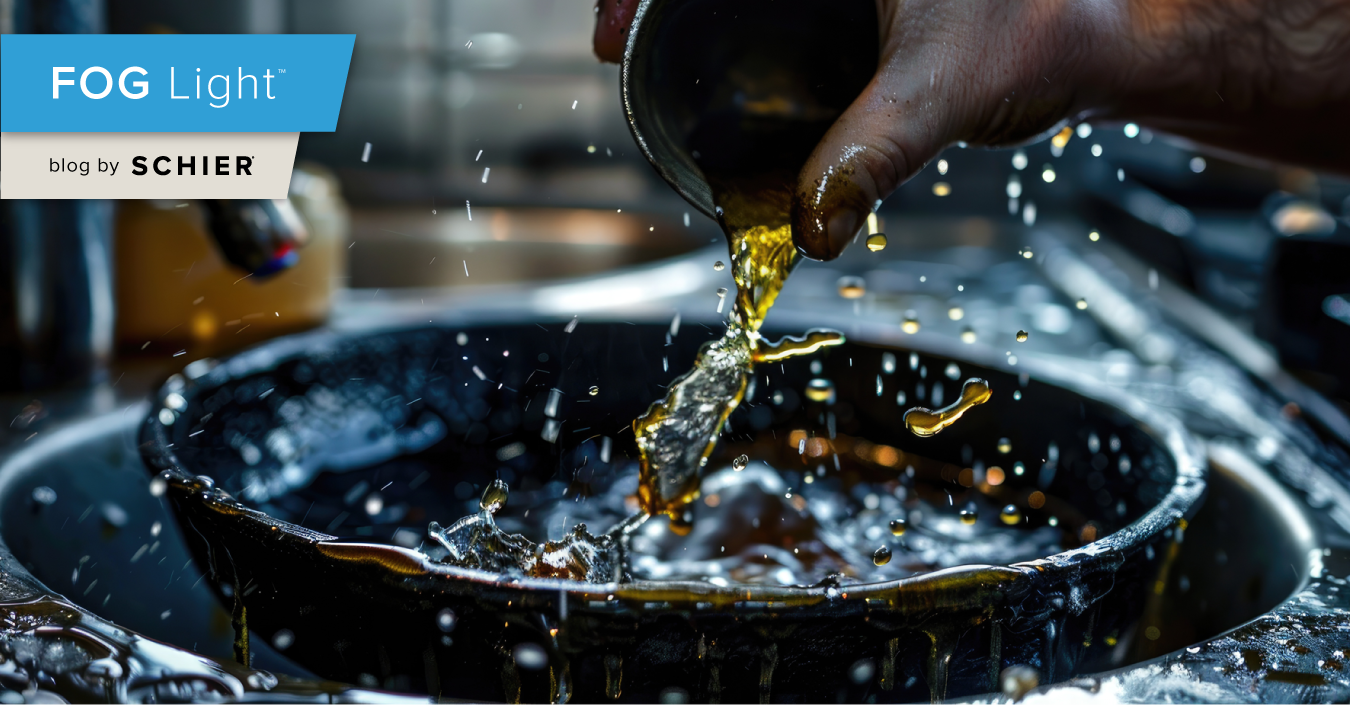
What fixtures should be connected to a grease interceptor?
Field inspections show that FOG (fats, oils, and grease) is introduced through every kitchen fixture, however, misconceptions persist about the necessity of routing floor drains, sinks or other fixtures to an interceptor. What is the right answer?
Read More